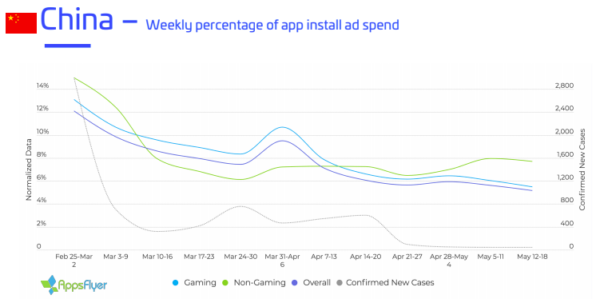Mobile payments, wallets, and digital banking have made a splash around the world over the last few years, as smartphone adoption grows and the demand for alternative e-payment options rises.
“The global payment market will hit a major milestone in 2020: 1.06 billion people are expected to make a proximity mobile payment. But even as countries like China and Sweden take steps toward a cashless society, most of the world will still rely on cash and cards.”
There are many factors that influence this rise, such as convenience, viability, infrastructure, and smartphone adoption rates. However, an underlying factor that is part of the conversation to a lesser extent in this increase is governance and policy. How does this factor influence digital wallets and banking? What’s important for governments to open more space for a cashless society moving forward?
Political factors usually include two main components: political openness and the ability to create effective policy to build avenues for a shift toward a fintech-driven financial society.
Many countries in the developing world suffer from a lack of infrastructure to support non-digital banking, and thus fintech has an ample opportunity to break into these markets through a change in financial policy and creation of a plan for adoption.
In some areas, this process has already begun and succeeded, like Latin America (LATAM), where an estimated 70 percent of the population remains unbanked. Several LATAM governments, aware of the heavy cash-based economy, sought to lift the unbanked population and create an environment of greater transparency to combat criminal activity, as other non-LATAM states have, too.
African states have seen their own fintech boom, but some states have been slower to react to the growing need for and growth of fintech. Nigeria’s fintech market, for example, is growing, but the government remains stuck with policies that are ill-suited for fintech and better suited for traditional banking.
In other, more developed parts of the world, like Sweden, driving hard toward e-payments has been part of a collective effort to remove cash from a society that suffered from theft issues, which prompted a policy shift on finance.
The EU’s open-border policy has been an effective way to push these kinds of mobile wallets and digitized payment financial technologies across many borders, with organizations like the EMPSA laying the foundation.
China, in an effort to target its own criminal issues, like fraudulence and counterfeiting, has opened the market for fintech digital payment options, mainly AliPay and WePay, in order to better track the population’s activity.
While the aforementioned states’ governments have had a more open attitude toward the integration of digital banking fintech, and many successful thus far, others are still lagging behind on the trail.
In order for the benefits of fintech to become widespread, governments around the world must create policies and frameworks to open avenues for fintech to thrive. This includes several elements, especially with the end-consumer bore in mind. The IDB wrote about the case of LATAM governments:
“On the political side, it is vitally important to have an institutional and policy framework that permits the growth of technology, including the progress required to enable Fintech to prosper. Moreover, policies that foster innovation in the financial sector are important to allow Fintech to grow in the region.
Development and productive financing agendas increasingly include references to Fintech. Furthermore, since public saving and economic welfare are closely related to various Fintech activities, a regulatory framework is necessary.
Such a regulatory framework must fulfill the essential aims of protecting financial consumers, guaranteeing efficient and transparent competition, and mitigating systemic risk.
Models like the European Union’s Fintech Action Plan can serve as prime examples for how economic unions and states can adopt broad policy to address user concerns moving forward, covering the necessary bases for integrating digital banking fintech.
State policies and frameworks will have to protect consumers and facilitate a number of issues regarding the integration. First, for infrastructure, state policy must make way for technological infrastructure, namely broader broadband coverage across the state.
Developed countries face little to no obstacle in this matter, given the advanced infrastructure in place already. Underdeveloped states, however, must craft policy that expands broadband infrastructure, but also policy that cultivates a competitive market for broadband providers, in coordination with state banks to be prepared for digitization.
Such infrastructural policy must also create sentiments of trust within the population. Many Africans, for example, said they do not trust state and financial infrastructure to use fintech, and thus prefer using cash. Policymakers will need to, as similarly underlined by the IDB’s recommendations, lay down financial policies that instill trust, such as defining the clear rights of a user and generate systemic integrity.
Moreover, policymakers will need to manage concerns about security and privacy of data, a globally lingering concern among users since the infamous Cambridge Analytica scandal.
The EU’s “General Data Protection Regulation and the Anti-Money Laundering Directive” is one example of a strong initiative to combat abuse of user data.
As we enter the digital age, we must open our doors to enrich our society with the vast opportunities fintech can bring us.
With these opportunities, it will be up to the governments of the world to step up and be the proprietors of change, in order to see the cashless age fully manifest into reality.
This article was first published on Hacker Noon on February 16th, 2020:
https://hackernoon.com/how-government-policies-influences-e-payment-adoption-j86337u2
